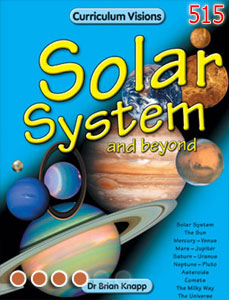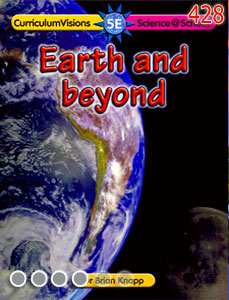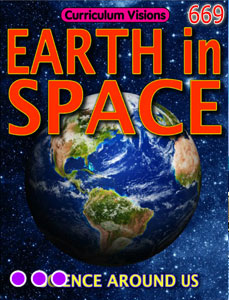As comets fly through space, the solar wind gives them spectacular glowing tails that can reach up to 100 million kilometres in length. Unlike most planets, which have orbits that are roughly circular, the orbits of comets are very elongated, so that they come very close to the Earth for a short while and then speed off into space and are lost from sight for many years.
The orbits of comets
Because they are so small, many comets are only detected as they come close to the Earth. About ten new comets are spotted each year, and because each one only returns after many tens of years, this means there must be a large number of them speeding through space. The comet with the shortest orbit is Encke's Comet, which returns every 3.3 years. Those with the longest orbits may only return once in several thousand years.
The end of comets
Comets leave a trail of debris behind them as they travel through space. Most of it is made up of tiny pieces of rock, or meteoroids. When the Earth passes through the path of a comet, the meteoroids crash into the Earth's atmosphere as meteorites and cause a meteor shower as they burn up in the air.






